To maintain your pet’s health, you provide them with an appropriate nutritious diet, adequate physical exercise, and regular veterinary visits. While these are essential for your pet’s long-term well-being, remember that your furry pal’s oral health is equally important. Like people, pets need proper dental care to prevent issues, such as tartar buildup, gum disease, and tooth decay, which can lead to serious health problems. Our Greenfield Veterinary Clinic team has the information you need to keep your pet’s teeth and gums healthy, ensuring they lead a happy, healthy life.
The cause of dental disease in pets
Dental disease (i.e., periodontal disease) is caused by the buildup of plaque, a sticky bacterial film, on the teeth. When plaque accumulates and hardens, the substance turns into tartar, which adheres to the teeth and cannot be removed easily. Plaque and tartar near the gumline can lead to gum inflammation (i.e., gingivitis), and if left untreated, this issue can progress to a more severe condition—periodontitis. Periodontitis affects a tooth’s deep structures, including the root and supporting bone, potentially leading to pain, infection, and tooth loss. Dental disease doesn’t just affect the mouth. Periodontitis can have systemic implications. Bacteria from the diseased gums can enter the bloodstream and spread to various organs, potentially causing serious health issues.
Dental disease signs in pets
Pets are notorious for hiding their pain and illness and, if you don’t recognize your furry pal’s dental disease signs, they can silently suffer. If your pet has dental disease, they may exhibit these signs:
- Red, inflamed, or bleeding gums
- Gum overgrowth or recession
- Brown, yellow, or grey plaque and tartar buildup on teeth
- Bad breath
- Excessive salivation
- Reluctance to chew dry food or hard treats
- Avoiding being groomed or petted on the head
- Chewing on one side of the mouth
- Pawing at one side of the mouth
- Blood-tinged drool
To check for dental disease signs, inspect your pet’s teeth and mouth regularly. If your pet shows any of these signs, schedule a professional dental evaluation with our Greenfield Veterinary Clinic team so we can assess their dental health.
How to maintain your pet’s dental health
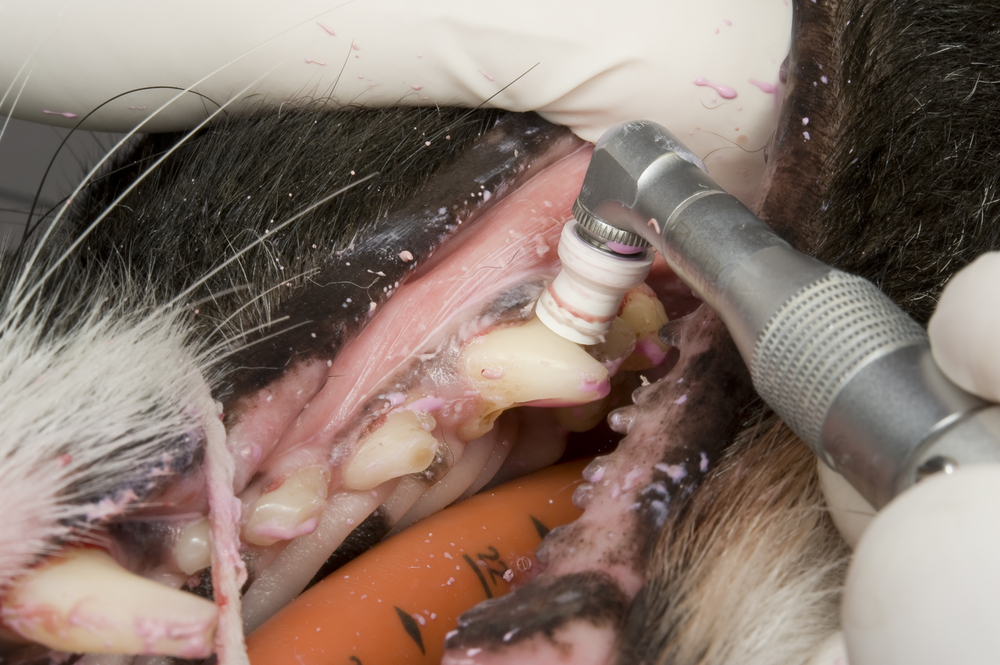
You can combat your pet’s plaque, tartar, and dental disease development by ensuring they receive professional dental cleanings and ongoing at-home care. To maintain your pet’s dental health, follow these tips:
- Brush your pet’s teeth daily — The best way to slow your pet’s dental disease progression at home is through daily toothbrushing. A brush cannot remove oral bacteria from below the gumline but can remove sticky plaque before the substance hardens into dental calculus (i.e., tartar). Plaque begins accumulating only a few hours after your pet eats and then hardens into tartar in about 24 hours. Tartar is impossible to remove through toothbrushing alone and requires a professional dental cleaning.
- Choose appropriate dental health care products for your pet — Choose dental health products, such as dental chews, treats, toothbrushes, toothpastes, dental wipes, food and water additives, and prescription diets, that carry the Veterinary Oral Health Council’s (VOHC’s) seal of acceptance. These products have been proven effective in slowing plaque and tartar accumulation.
- Schedule regular wellness checks for your pet — A visual oral examination is part of a routine veterinary wellness check, and these visits help our team detect issues, such as dental disease, in the early stages, when the condition is easy to manage.
- Have your pet’s teeth professionally cleaned regularly — Many dental abnormalities can’t be detected on a visual oral examination, and professional veterinary dental exams and cleanings are necessary to identify and address underlying problems and to help prevent disease progression. Every professional dental cleaning includes these procedures:
- Scaling — Each of your pet’s teeth are cleaned with an ultrasonic scaler to remove plaque, tartar, and bacteria above and below the gumline.
- Polishing — Polishing removes abrasions scaling causes.
- Dental probing — Each side of every tooth is checked for gingival pockets (i.e., gaps between the tooth and gum) that indicate dental disease.
- Dental X-rays — These images provide us with a detailed image of each tooth, its roots, pulp chamber, and surrounding bone.
To schedule your pet’s routine wellness exam, contact Greenfield Veterinary Clinic. Each exam includes a thorough oral evaluation and recommendations for professional and at-home dental care.


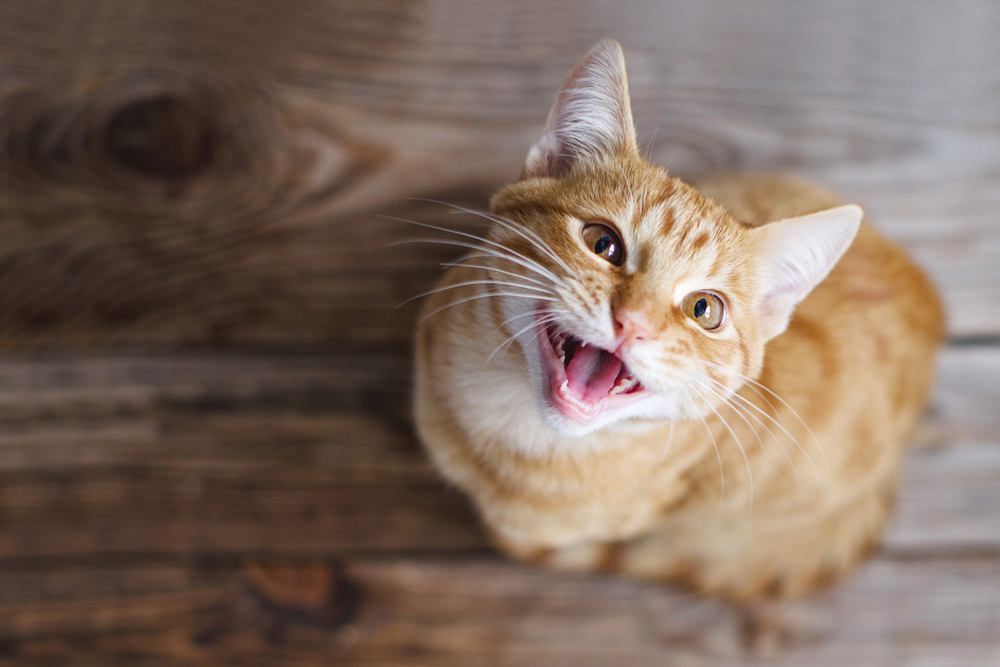
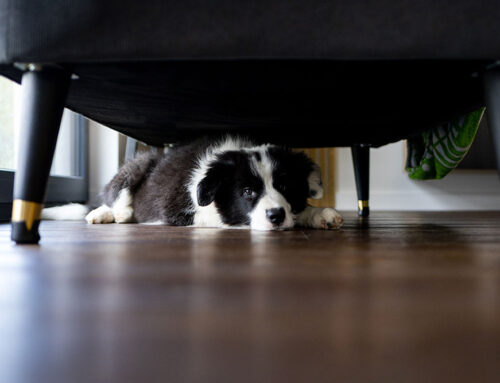
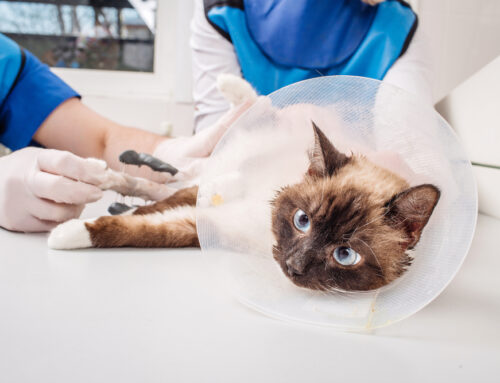
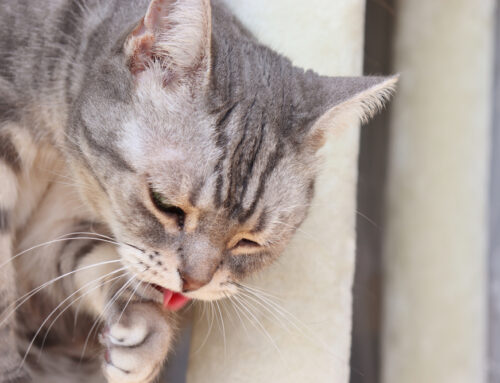

Leave A Comment